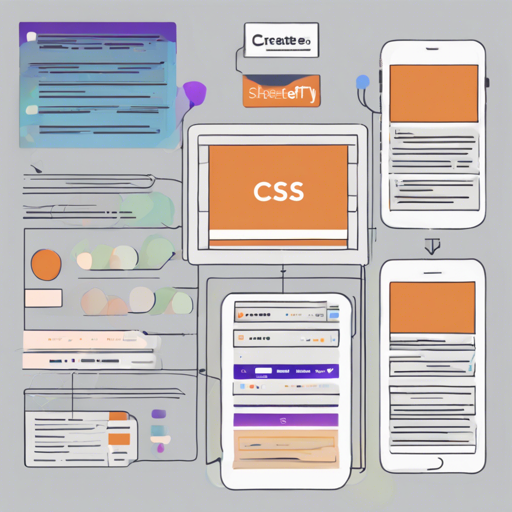CSS management can often feel like walking through a dense jungle – complex, tangled, and sometimes overwhelming. Luckily, there’s a clear path through this chaos, and it’s called Sheetify! In this article, we’ll explore how to incorporate Sheetify into your projects seamlessly. Let’s get started!
What is Sheetify?
Sheetify is a modular CSS bundler specifically designed to work with Browserify. It’s like a trusty tour guide in the jungle of CSS, helping you create clarity with a namespace for your styles, modularity by importing from npm packages, and extensibility to modify CSS with ease.
Basic Features of Sheetify
- Clarity: Namespace CSS to avoid naming conflicts.
- Modularity: Reuse CSS packages easily from npm.
- Extensibility: Transform your CSS or write custom transforms.
- Transparency: Inline CSS directly into your views.
- Simplicity: Enjoy a tiny API surface and minimal code base.
Getting Started with Sheetify
To start using Sheetify, first install it via npm:
npm install sheetifyOnce installed, you can begin to write modular CSS in your JavaScript files.
Example of Using Sheetify
Let’s look at a simple example where we create a styled component using Sheetify:
const css = require('sheetify')
const html = require('nanohtml')
const prefix = css`
:host {
text-align: center;
}
`
const tree = html`
My beautiful, centered title
`
document.body.appendChild(tree)In this snippet, we define styles that center the text for our title. When using Sheetify, the CSS classes are namespaced based on content hash, protecting your styles from clashes.
Styling Host Elements
You can apply styles to the parent element using the :host pseudoselector, which allows you to control the styling of the whole component easily:
const prefix = css`
:host {
background-color: blue;
}
:host h1 {
text-decoration: underline;
}
`
This means when rendered, your HTML can look something like this:
My beautiful, centered title
Dealing with Dynamic CSS
While Sheetify works wonders for static CSS, handling dynamic styles is more of a hands-on task. For example, you can set an inline style property based on your JavaScript variables:
const sectionWidth = '100px'
const tree = html`
My beautiful, centered title
`Including External CSS Files
You can easily include external CSS files by passing their path to Sheetify:
const prefix = css('./my-styles.css')
This lets you leverage existing stylesheets in your project.
Using npm Packages
Sheetify works seamlessly with npm packages containing CSS. Simply require the package as follows:
css('normalize.css')
This allows you to build your project with external styles easily.
Troubleshooting Common Problems
Getting stuck? Here are a few troubleshooting ideas:
- Styles Not Applying: Make sure you’re properly importing Sheetify and other required modules. Check your class names for namespaces!
- Build Failing: Confirm that you have all dependencies installed and there are no typos in your code.
- Dynamic Styles Not Updating: Remember that Sheetify does not support dynamic CSS out of the box; ensure you’re controlling styles through inline properties if needed.
For more insights, updates, or to collaborate on AI development projects, stay connected with fxis.ai.
Conclusion
At fxis.ai, we believe that such advancements are crucial for the future of AI, as they enable more comprehensive and effective solutions. Our team is continually exploring new methodologies to push the envelope in artificial intelligence, ensuring that our clients benefit from the latest technological innovations.

